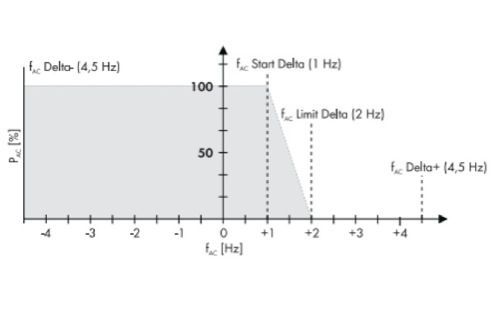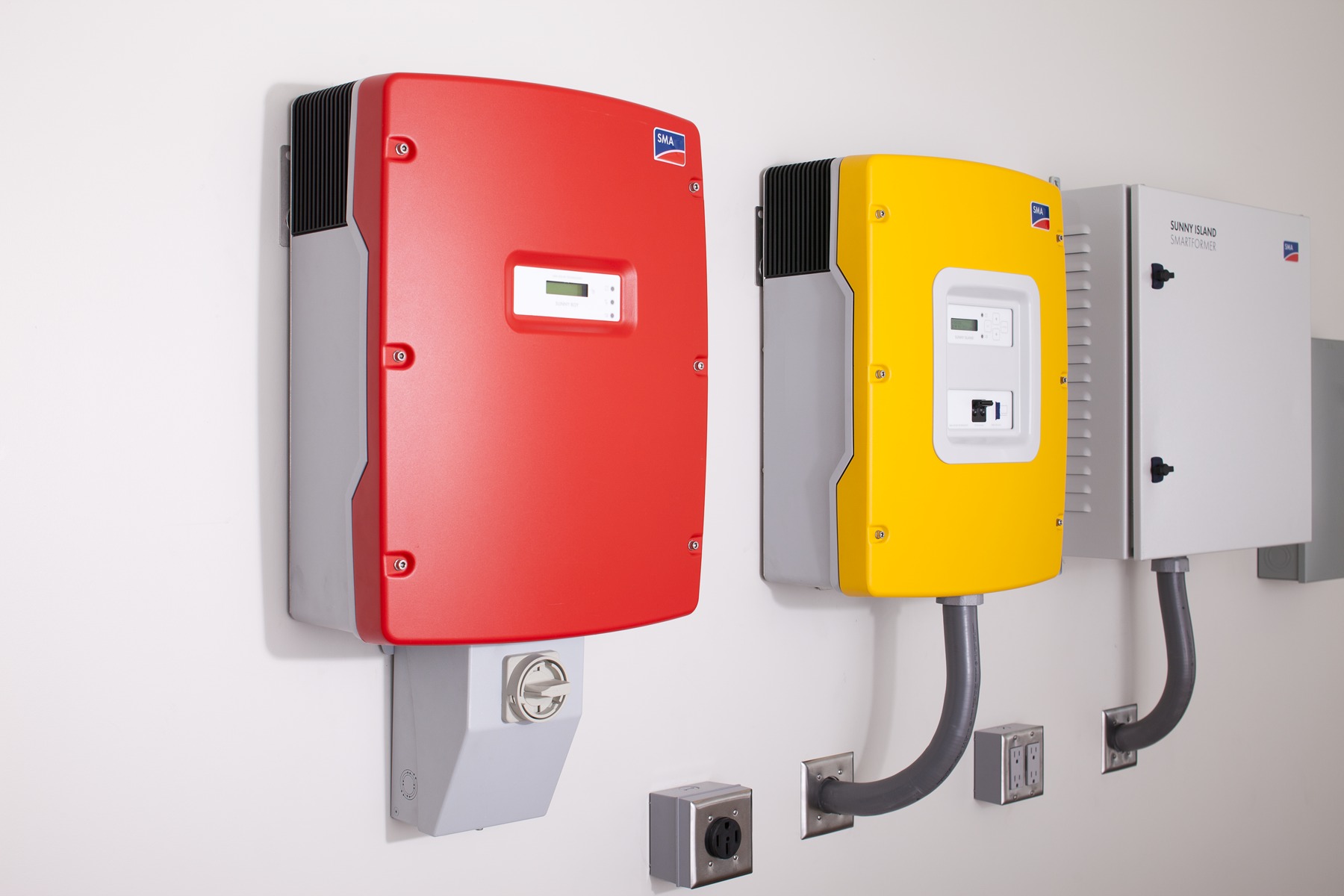So the concept and implementation was already there. Got adopted for grid use.
It seems like volts-watts makes more sense for systems on the mainland (or communications). Frequency-watts maybe for Hawaii.
Frequency-watts correlates with the concept in backup generators where if spinning generators get overloaded, their frequency will decrease, which then triggers load shedding relays. And similar probably applies to the grid. Conversely if there is a reduction in demand (from turning off loads or turning on extra grid tie inverters) the frequency will tend to go up as there is less load pushing back against the spinning generator. So there is a measure of passive safety.
Not clear whether it has been tested in practice. Maybe one of the utilities, grid operators, or energy labs has access to information about minor grid operation mistakes, and can see whether or not 1741SA actually helped.
With the Sol-Ark and I think most Inverters you set the Minimum and Maximum Grid Voltage it will work with and if the Grid goes above the Maximum it disconnects from the Grid and goes onto PV/Batteries only. I could just raise it to get around a problem like that.
If you are on-grid, generally the interconnection agreement will have some buried fine print telling you to set the inverter within a range of grid parameters, which ought to be baked in if you pick the right grid code.
EDIT: For instance
SolarEdge at one point told installers to do this .
I don't think that old inverter had much of UL1741 in its spec because it was purchased in 2008.
1741 has cutoffs when voltage or frequency goes out of range. It's more of a sharp on-off.
One of the changes in 1741SA (in addition to curtailment) was seeking to make inverters fall off more gracefully (ride-through concept). Otherwise, if you have 40% grid-tie on your grid, a minor grid glitch might cause 40% of your generation capacity to fall off. Generally speaking that's a bad day.
1741 was defined when the grid-tie % was pretty low, so if 1-2% of grid tie inverters fall off, it's not as big a deal.




